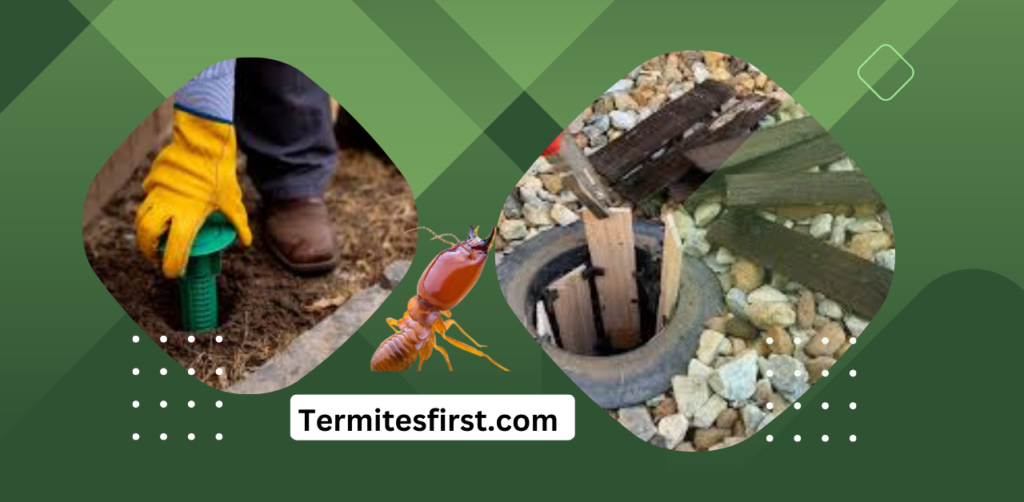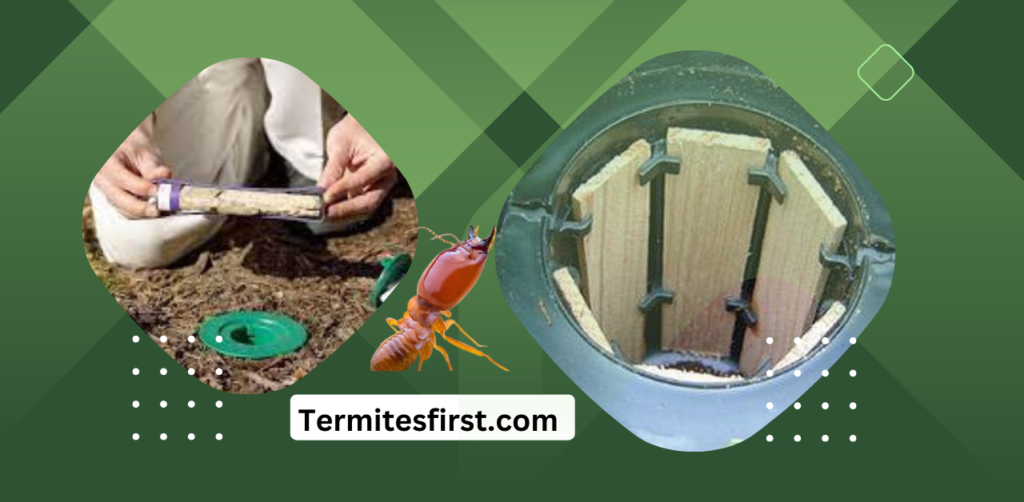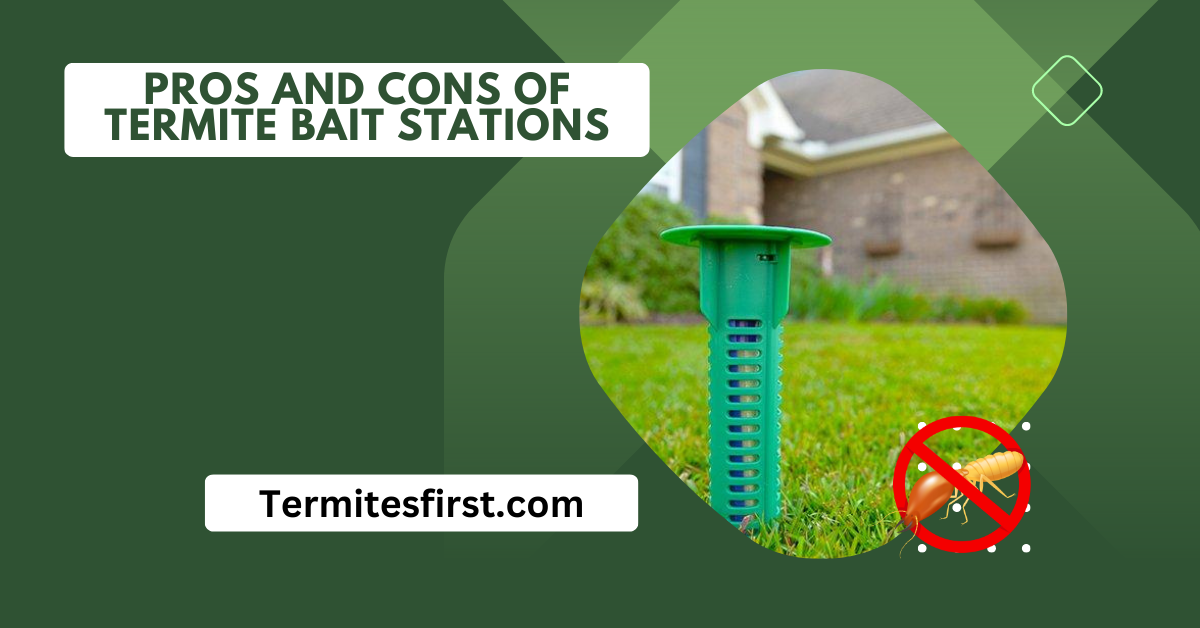Pros and Cons of Termite Bait Stations: Insights & Experience
When we talk about bait stations, the most common question people want to know is, provide us with the “pros and cons of termite bait stations“. Bait stations are a common tool used in pest control to attract and eliminate unwanted pests. These stations are typically small, enclosed containers that hold bait, such as poison or food, that is attractive to the target pest. The bait stations are strategically placed in areas where the pests are known to frequent, allowing them to access the bait easily.
Once the pests consume the bait, it either kills them directly or disrupts their breeding cycle. Bait stations are an effective and discreet way to manage pest populations without the need for constant monitoring or intervention. They are commonly used in both residential and commercial settings to control pests such as rodents, ants, and cockroaches.
Key Takeaways
- Understanding Termite Bait Stations:
- Termite bait stations are an effective method, along with regular inspections, to control termite infestations without using chemicals.
- Advantages of Bait Stations:
- Bait stations are environmentally friendly and target termites directly, reducing the risk of widespread damage.
- They offer long-term protection and can be strategically placed around a property’s perimeter to intercept termites using monitoring stations.
- Disadvantages and Limitations:
- Bait stations from a1 pest control may take time for the elimination of the entire termite colony and require regular inspection for effectiveness.
- In some cases, termites may not be attracted to the baits, leading to incomplete eradication.
- Installation and Maintenance Insights:
- Proper installation by professionals is crucial for the success of bait stations.
- Regular inspections, reviews, and replenishment of baits at a1 pest control monitoring stations are necessary to ensure continuous protection against termites.
Understanding Termite Bait Stations
Definition and Function
Termite bait stations are devices placed in the soil around a structure to attract and eliminate termites. They work by luring termites with bait that contains chlorfluazuron, an active ingredient toxic to them.
I have found that the primary purpose of termite bait stations is to monitor and manage termite activity near buildings. By using these stations, homeowners can detect termite presence early and prevent potential structural damage.
Key Components
The key components of a termite bait station system include:
- The station itself.
- A cellulose-based bait material.
- An active ingredient is lethal to termites.
Once termites consume the bait, they carry it back to their colony, effectively eradicating the entire population.
One helpful tip I learned is to regularly inspect termite bait stations for signs of termite activity or bait depletion. This proactive approach ensures that the system remains effective in controlling termite colonies.
Advantages of Bait Stations

Environmental Benefits
Termite bait stations offer environmental benefits by using targeted methods to eliminate termites without harming other organisms. The bait matrix attracts termites, reducing the need for widespread chemical treatments.
I have personally found that termite bait stations are a sustainable solution that minimizes environmental impact while effectively managing termite infestations.
Effectiveness in Hard-to-Reach Areas
Bait stations are highly effective for hard-to-reach areas where traditional treatment methods may not be feasible. These stations can be strategically placed in areas inaccessible to liquid treatments, ensuring comprehensive termite control.
In my experience, bait stations have proven invaluable in controlling termite populations in areas like crawl spaces and attics, where termites often establish hidden colonies.
Long-Term Protection
Well-maintained bait systems provide long-term protection against recurring termite infestations. Regular monitoring and bait replenishment ensure continuous termite control, offering homeowners peace of mind for years to come.
I have seen firsthand how properly maintained bait stations can prevent costly structural damage caused by persistent termite activity over time.
Disadvantages and Limitations
Lack of Long-Term Protection
Termite bait stations may lose effectiveness after the first year, potentially leaving your property vulnerable to termite infestations. This can be a significant drawback for homeowners seeking lasting termite control solutions.
There may need to be more than bait stations to provide continuous protection against termites, leading to the need for frequent maintenance and reapplications. The initial efficacy of termite treatment could diminish over time, requiring termite bait stations and additional measures to safeguard your home effectively against termite colonies.
Cost Considerations
Maintaining termite bait stations can incur ongoing expenses compared to traditional termite control methods like soil treatments. While bait stations offer targeted therapy for effective termite control, the cumulative costs over time may outweigh the initial savings. Homeowners should weigh the long-term financial implications of both options before making a decision.
Pros: Targeted treatment, minimal environmental impact
Cons: Potential lack of long-term protection, ongoing maintenance costs
Installation and Maintenance Insights

Installing Termite Bait Stations
Installing termite bait stations is a straightforward process that homeowners can do. Begin by placing the stations around the house or building’s perimeter, focusing on areas prone to termite activity. Ensure they are spaced according to manufacturer recommendations for superior protection.
To install:
- Dig holes in the ground for each station, making sure they are flush with the soil surface.
- Insert the bait cartridge into the station base and cover it securely.
- Regularly check these stations for any signs of termite activity or bait consumption.
Proper Maintenance Tips
For ongoing termite maintenance, it is essential to conduct regular inspections of the bait stations. This involves checking them every few months to ensure they are functioning correctly. Replace any depleted cartridges promptly to maintain continuous protection against termites.
Keep the area around the stations clear of debris and vegetation to allow easy access for inspection and monitoring. By practising good maintenance habits, homeowners can ensure their termite bait systems remain effective in providing long-term protection for their homes.
Significance of Regular Inspections
Regular inspections play a crucial role in termite control, allowing homeowners to detect termite activity early on. Timely inspections help in identifying potential issues before they escalate, safeguarding homes from extensive termite damage.
Conclusion:- Pros and Cons of Termite Bait Stations
Understanding the pros and cons of termite bait stations is vital when safeguarding your home against these destructive pests. While bait stations offer a non-intrusive and environmentally friendly solution, they may not provide immediate protection. It’s essential to weigh the advantages of long-term effectiveness against the drawbacks of time and patience required for results.
In conclusion, incorporating termite bait stations into your pest control strategy can be a smart preventative measure. Regular maintenance and monitoring are key to ensuring their efficacy. Don’t wait until termites become a problem; take proactive steps now to protect your property from potential damage.
Related:- Is it safe to live in a house with termites?
FAQ’s:
Termite bait stations are devices installed around a property to attract and eliminate termites. They contain bait that termites consume and take back to their colony, eventually eradicating the entire termite population.
Termite bait stations work by luring termites with attractive food sources placed inside the stations. Once termites feed on the bait, they carry it back to the colony, spreading the poison and ultimately eliminating the termite population.
Termite bait stations’ advantages include noninvasive installation, an environmentally friendly approach, continuous monitoring of termite activity, and targeted elimination of termite colonies without widespread chemical application.
Disadvantages of termite bait stations may include slower eradication compared to chemical treatments, dependence on termite foraging behaviour, the potential initial attraction of termites, and regular monitoring requirements for effectiveness.
Proper installation involves strategic placement near known termite activity areas. Regular maintenance is essential for checking baits, refilling as needed, and monitoring for any signs of termite activity. Professional assistance may be required for optimum results.








14 Comments